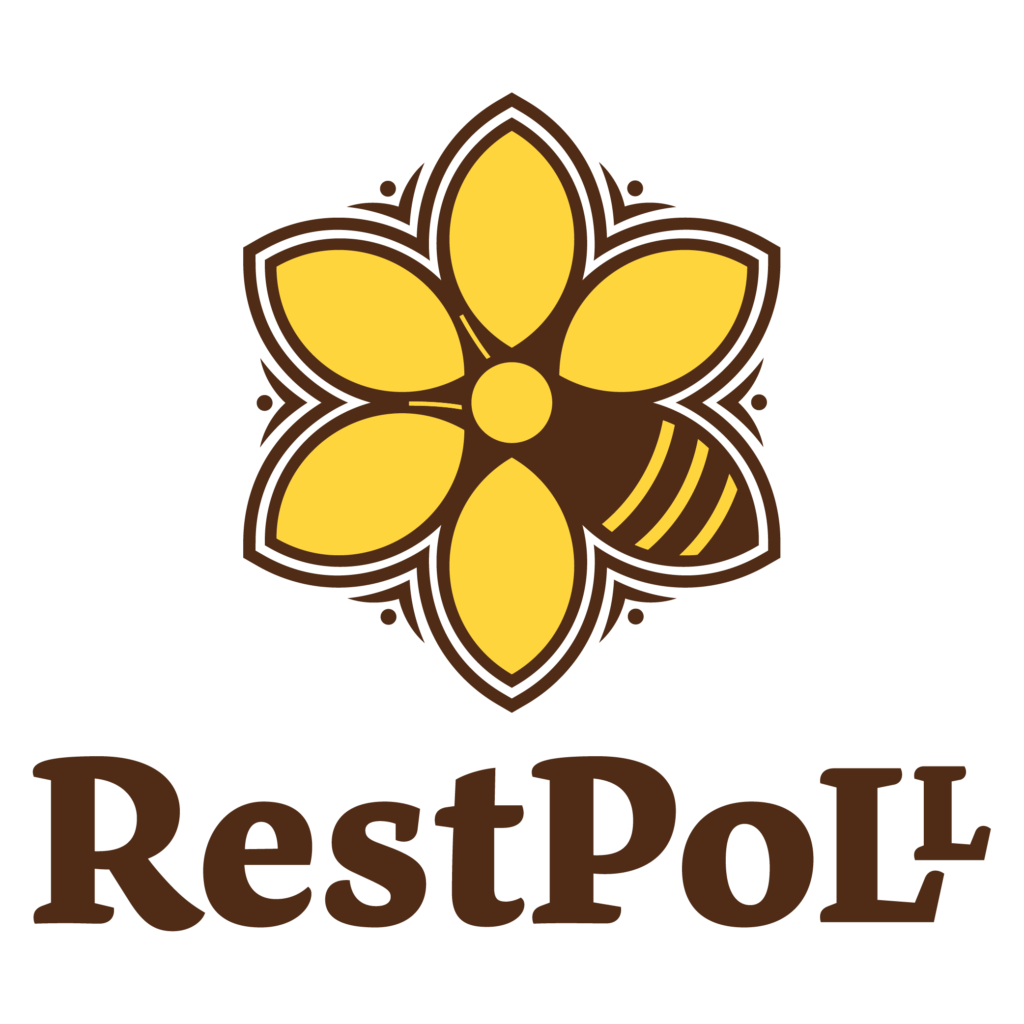Do you want to attract more pollinators in your garden, but don’t know where to start? A good option would be to build a bee hotel. Here, different bee species of various sizes can find a home for the spring and summer season. It’s a lot like an Airbnb for bees. Follow the instructions below to make a real contribution towards plant pollination.
A mason bee flying towards a bee hotel
What are bee hotels?
Bee hotels, also called bee houses, bee condos or trap nets, house species of solitary bees or wasps. Some people think these insects are dangerous, but they are actually harmless and not aggressive at all. For bees to play their part in plant pollination, they need a home to raise their larvae young. A bee hotel is just the thing they need.
The best place for a bee hotel is a sunny fence or wall, as bees like the warmth of the sun. It should be securely placed and have a sloping roof to prevent rain from entering. You can use different materials to build the hotel, as long as they are closed in the back, smooth and free of splinters.
Options include bamboo or reeds, pithy stems (mullein, blackberry or English dogwood) or cardboard tubes. You can also use wooden trunks or branches (or thick twigs), deciduous wood or clay bricks with holes. Some people advise against using coniferous wood, as it may splinter and harm the bees.
Bee species
Whatever material you use, now create tunnels of different diameters between 2 and 12 mm (but no bigger). These tunnels will be used by different species. The smaller sizes (4 and 7 mm) are occupied more often. Be patient, however: it takes at least a month before bees begin to settle in the hotels.
So what species might your long-stay AirBee&Bee attract? One example is the mason bee (Osmia sp.). They apply mud to create different cells within the tunnels and use different tunnel diameters, depending on the subspecies. Another kind is the leafcutter bee (Megachile sp.), which lines its cells with leaves.
A male wallflower mason bee in its artificial nest
There are also wool carder bees (Anthidium manicatum). They scrape the hairs from leaves such as lamb’s ears (Stachys byzantina) to line their nests. Then there are masked bees (Hyleaus sp.), a small species that use the short-diameter tunnels for their nests.
Home ownership
As with any home, holiday or otherwise, a bee hotel must be maintained. You don’t want fungus or mould to grow near the bees, so inspect the cavities, also for parasites. Empty tunnels that have been used should be removed and replaced in the autumn for next spring. You should generally avoid moving nests, as long as they are still sheltered from the rain. If inevitable, occupied tunnels can be removed before the winter to a dry, but cold place, since winter moisture (not cold) is what could harm the larvae.
If you follow these instructions, there is every chance that bees will make your garden their home and pollinate your plants. Creating your own AirBee&Bee will not deteriorate the home environment, but instead improve the quality of life for plants, animals – and humans, who can now enjoy a buzz of activity in their own gardens.



